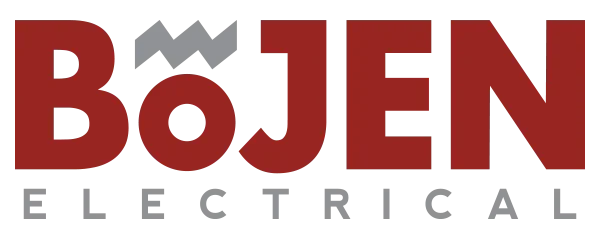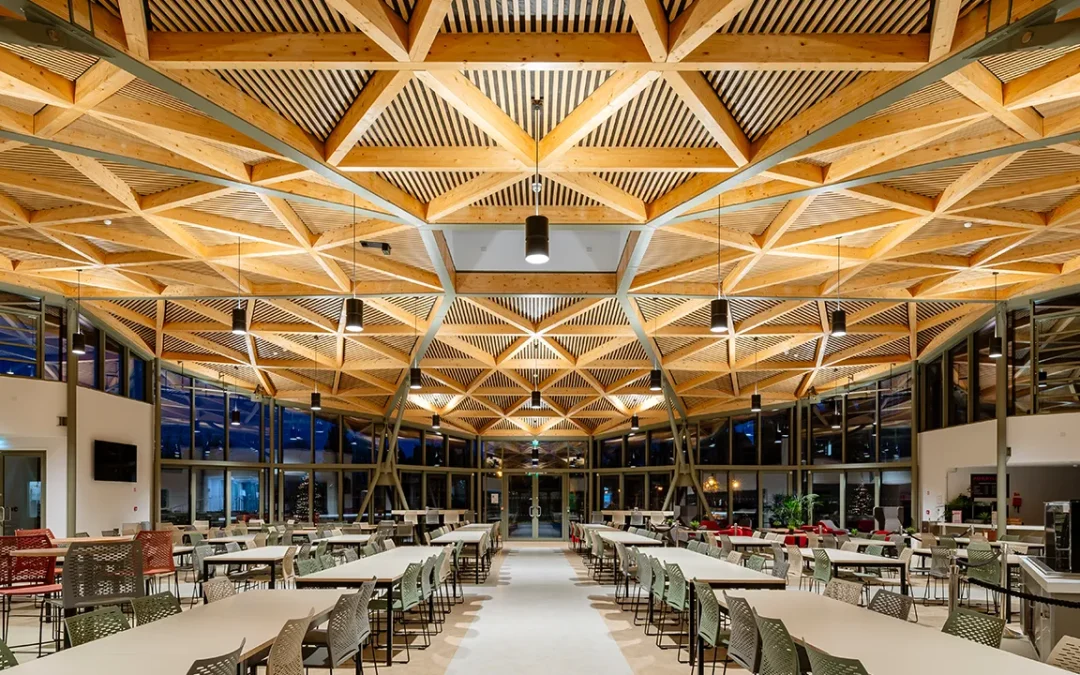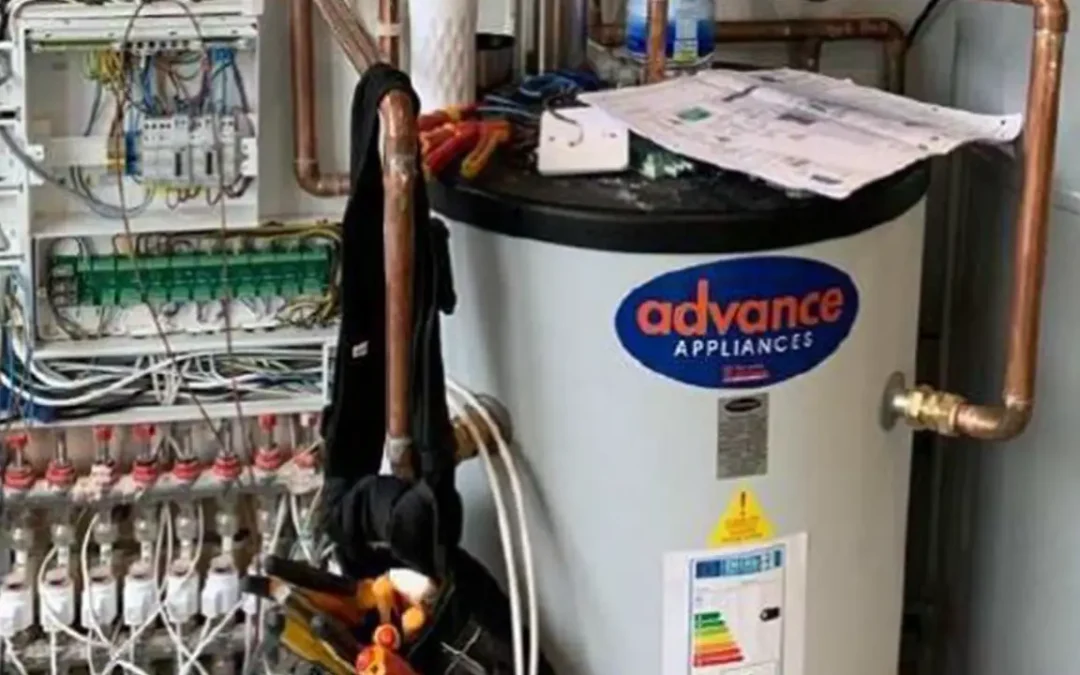Main Field(s) of Science / Technology
Developments and advancements in Electrical Engineering (and associated improved / adapted installation practices) in both commercial and residential scenarios.
Seeking improvements in energy efficiency, operational performance / flexibility, overall cost-effectiveness, and environmental improvements, i.e. reducing carbon footprint with the aim of achieving carbon neutrality.
Baseline Scientific / Technological Knowledge
Tackling the policy trilemma of achieving an affordable, decarbonised and secure electricity supply is extremely challenging. The UK’s electricity system and the policy framework underpinning it continues to hold back innovation and cost-reduction because it is propping up a large-scale, centralised utility business model that is fast becoming obsolete.
Rapid cost reductions and innovation are occurring in ‘smart’, distributed electricity technologies that disrupt how electricity systems traditionally operate. These technologies – including photovoltaics, wind power, batteries, smart thermostats, meters & appliances, and highly efficient lights – hold the key to a cheaper, cleaner, more competitive and secure electricity system that works better for consumers. The BoJen vision is to facilitate cost effective solutions whilst always assisting clients with reduction in their carbon emissions.
Operational electrical systems fitted to listed buildings are notoriously outdated and new systems that currently exist are not suitable for fitting to such old structures. Any potential solutions in the market currently are prohibitively expensive. Therefore, owners of listed properties and estates that cannot afford such high costs are left to make do with piecemeal improvements that do not allow for accurate metering and system operation, thus leading to higher running costs than would be achievable with a full, modern state-of-the-art system that can be monitored and adapted in real time.
Scientific and Technological Advance
The primary aim of this project was to advance the ability to measure energy consumption accurately in a listed building. This would require development and adaptation of wireless smart metering to provide the capability of real-time KWh measurement down to individual circuit/device level; all of which needed to be incorporated as part of a cost-effective refurbishment of all electrical systems, fire alarms, lightning protection, data & security and mechanical power supplies and controls in a listed building.
Such complex metering has to be connected directly to a buildings’ network, to allow end users to monitor power consumption accurately in individual rooms all the way down to individual pieces of equipment, without the need to install large meters and the supporting infrastructure to operate them. This reduces the time needed to calculate KWh usage and reduces the manpower required for such tasks, thus ensuring accurate billing & energy monitoring for landlords or building owners without the additional costs, thus increasing profitability. The aim is to develop a far more cost efficient and sustainable option compared to having larger, and more costly, infrastructure installed to support such a small task.
Scientific and Technological Uncertainties
The primary challenge lay in creating an adaptive system that enables owners, users, landlords, etc. to monitor, meter and control individual rooms, all the way down to separate pieces of equipment, without the need to install large metering systems and the infrastructure necessary to operate them.
Specific challenges included:
- Developing the metering system to ensure compatibility with all other equipment that could be installed in such scenarios.
- Ensuring the end result was user-friendly and able to be operated by people with no specialist knowledge.
- Adapting the network and link modules to cope with a very high number of devices to be monitored.
- Developing the equipment to assist with devising installation methods that overcome the many and varied restrictions that exist when working on listed buildings.
Even the most advanced metering systems existing in the market were not capable of achieving all of the functionality, operational capability, cost-effectiveness, etc. that was required. BoJen specialists therefore had to work to develop solutions that would both utilise new technology components and adapt & improve existing systems to overcome these issues.
Overcoming the Uncertainties
This ongoing project started in the 2020/21 financial period. Some early progress had been made, but problems persisted, and the linking of disparate systems was tricky to overcome. This included limitations on the number of devices that could be paired to the system network.
The Company’s development team continued to innovate and experiment in the 2021/22 period. Only by running field trials of potential solutions could they identify what the software and technology issues were in real time. BoJen liaised with the various equipment manufacturers to determine what limitations there were in each system component, but the task of improving and adapting on site and in-situ fell to the BoJen specialist engineers. All solutions devised remain the IP of BoJen.
Through experimentation and data collection, a fuller picture began to emerge regarding operability, system pairing combinations, capacity improvements, etc.
The project was ultimately successful, with final testing and initial system commissioning occurring at the end of October 2021.
BoJen are very hopeful that the advances made here will allow them to market such solutions to other clients and become the preferred service provider for installations of this type. Work continues to further adapt and improve the systems to make them more user-friendly, efficient, and reliable in multiple scenarios.




